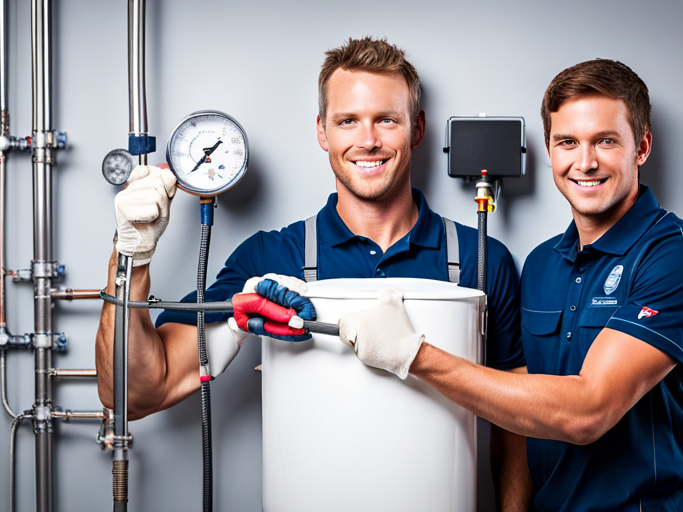How to Troubleshoot Common Issues with Hot Water Systems
Hot water systems are an integral part of our daily lives, providing us with comfort and convenience. However, like any mechanical system, hot water systems can experience issues from time to time. Understanding how to troubleshoot common problems can help you identify and potentially resolve minor issues before they escalate into major disruptions. In this article, we will discuss some common issues with hot water systems and provide troubleshooting tips to help you diagnose and address these problems effectively.

1. Insufficient Hot Water:
1.1. Check the Thermostat: Ensure that the thermostat on your hot water system is set to the desired temperature. If it is set too low, increase it and wait for the water to heat up. Additionally, check if the thermostat is functioning correctly and replace it if necessary.
1.2. Sediment Build-up: Sediment accumulation in the water heater tank can reduce its efficiency and result in insufficient hot water. Flush the tank to remove any sediment, following the manufacturer's instructions.
1.3. Heating Element Issues: Electric hot water systems have heating elements that can wear out over time. If you notice lukewarm water or inconsistent heating, test the heating elements for continuity using a multimeter and replace any faulty elements.
2. No Hot Water:
2.1. Power Supply: Ensure that the hot water system is receiving power. Check the circuit breaker or fuse box to confirm that the circuit is not tripped or the fuse is not blown. If necessary, reset the breaker or replace the fuse.
2.2. Gas Supply (Gas-powered systems): If you have a gas-powered hot water system, ensure that the gas supply is turned on. Check the pilot light to see if it is lit. If not, relight it according to the manufacturer's instructions.
2.3. Thermocouple Issues (Gas-powered systems): The thermocouple is a safety device that senses the pilot light's presence. If the thermocouple is faulty or dirty, it may cause the gas valve to shut off, resulting in no hot water. Clean or replace the thermocouple if necessary.
3. Water Leaks:
3.1. Check Fittings and Connections: Inspect all fittings, valves, and connections for signs of leaks. Tighten any loose fittings using appropriate tools. If you notice significant leakage, consider contacting a professional plumber to assess and repair the issue.
3.2. Pressure Relief Valve: The pressure relief valve prevents excessive pressure buildup within the water heater. If the valve is leaking, it may indicate high pressure or a faulty valve. Contact a professional to replace the valve if needed.
4. Unusual Noises:
4.1. Sediment Buildup: Popping or rumbling sounds can occur when sediment has accumulated at the bottom of the tank. Flushing the tank can help remove the sediment and reduce these noises.
4.2. Expansion Tank Issues: Hot water systems with closed-loop systems may have an expansion tank. If the tank is faulty or improperly sized, it can lead to unusual noises. Consult a professional to evaluate and address any issues related to the expansion tank.
Understanding how to troubleshoot common issues with hot water systems empowers you to identify and potentially resolve minor problems. However, it is important to exercise caution and consider contacting a professional plumber if you are uncertain about any troubleshooting steps or if the issue persists. Regular maintenance and prompt attention to hot water system issues can help ensure the continuous supply of hot water, extend the system's lifespan, and prevent more significant disruptions.
